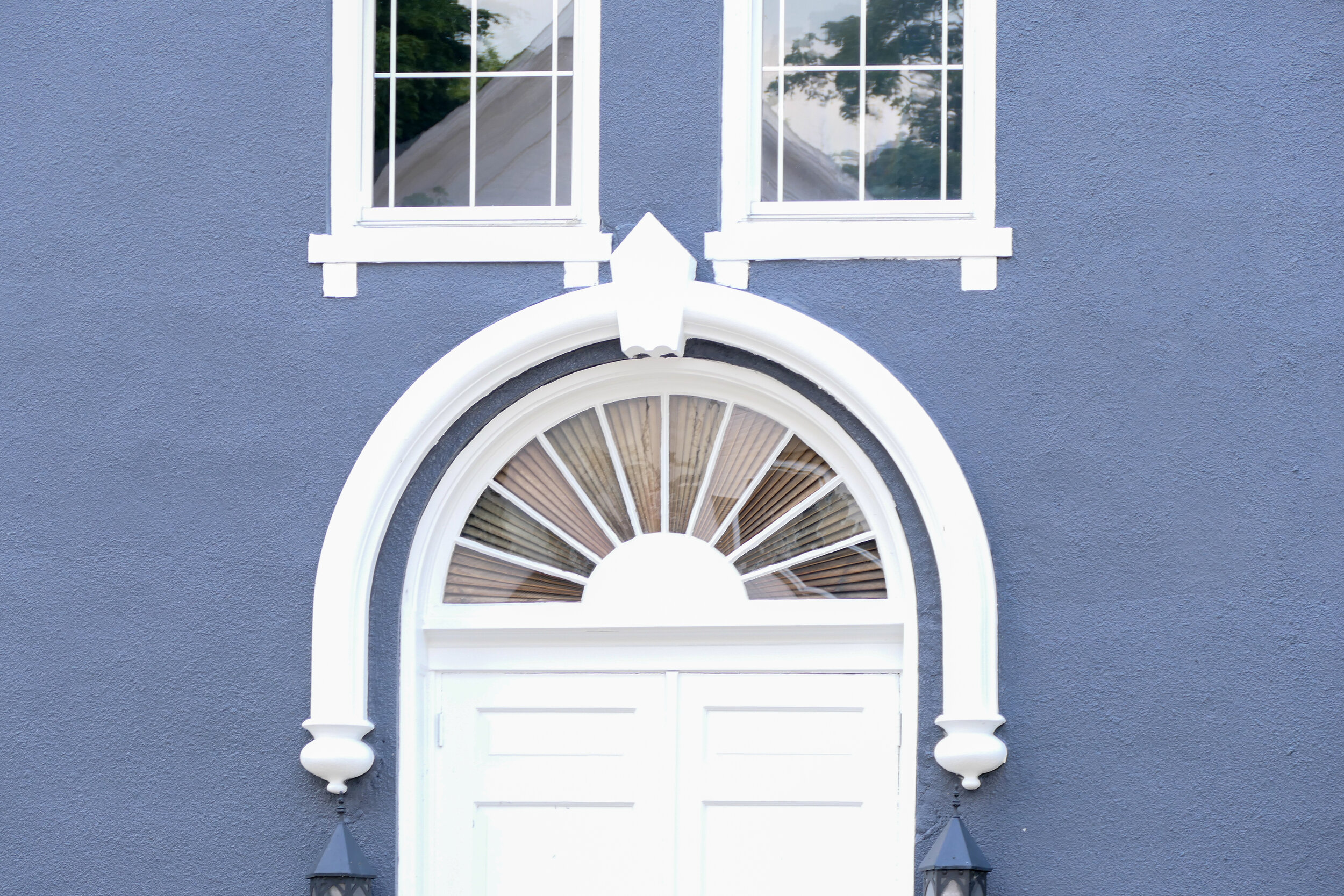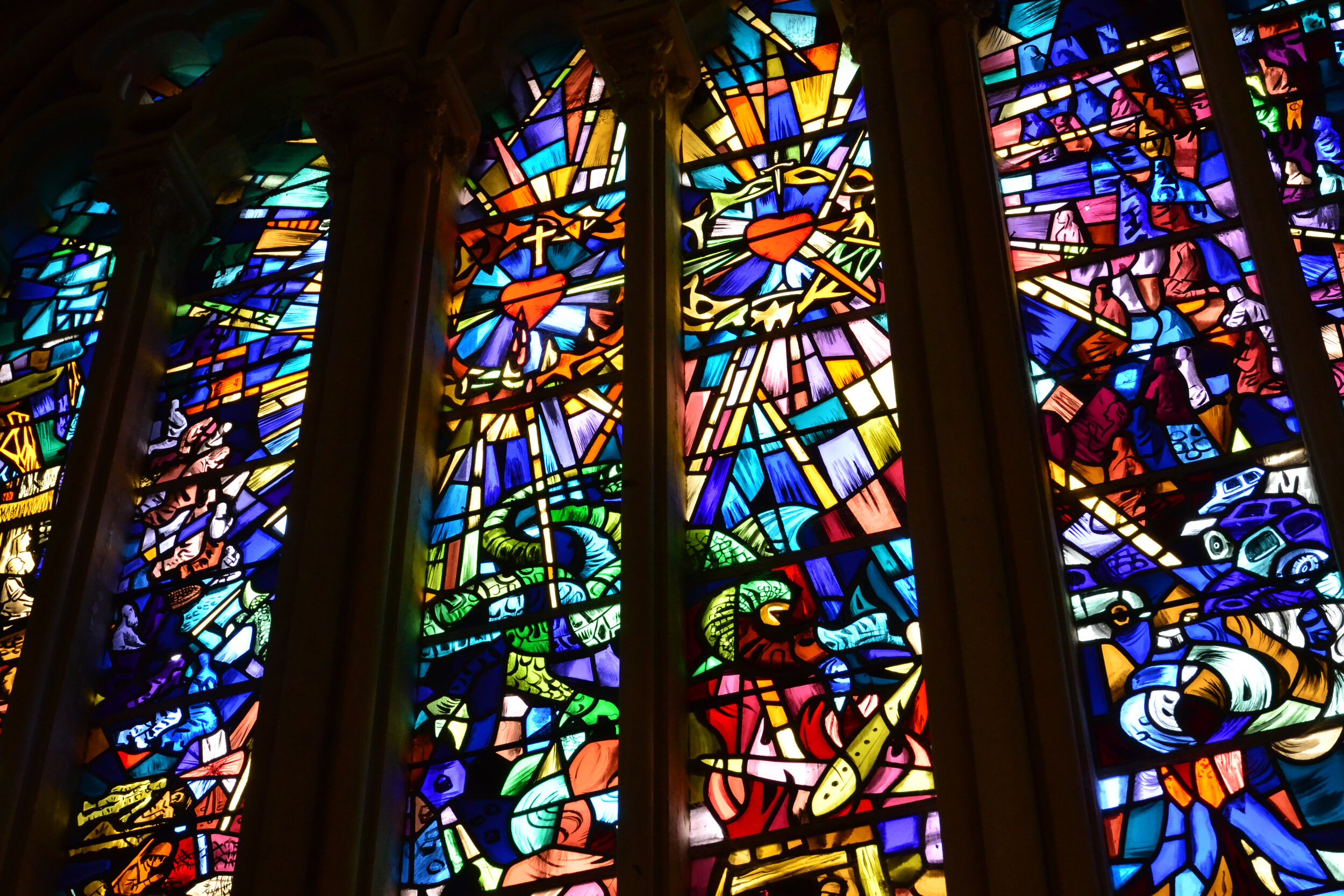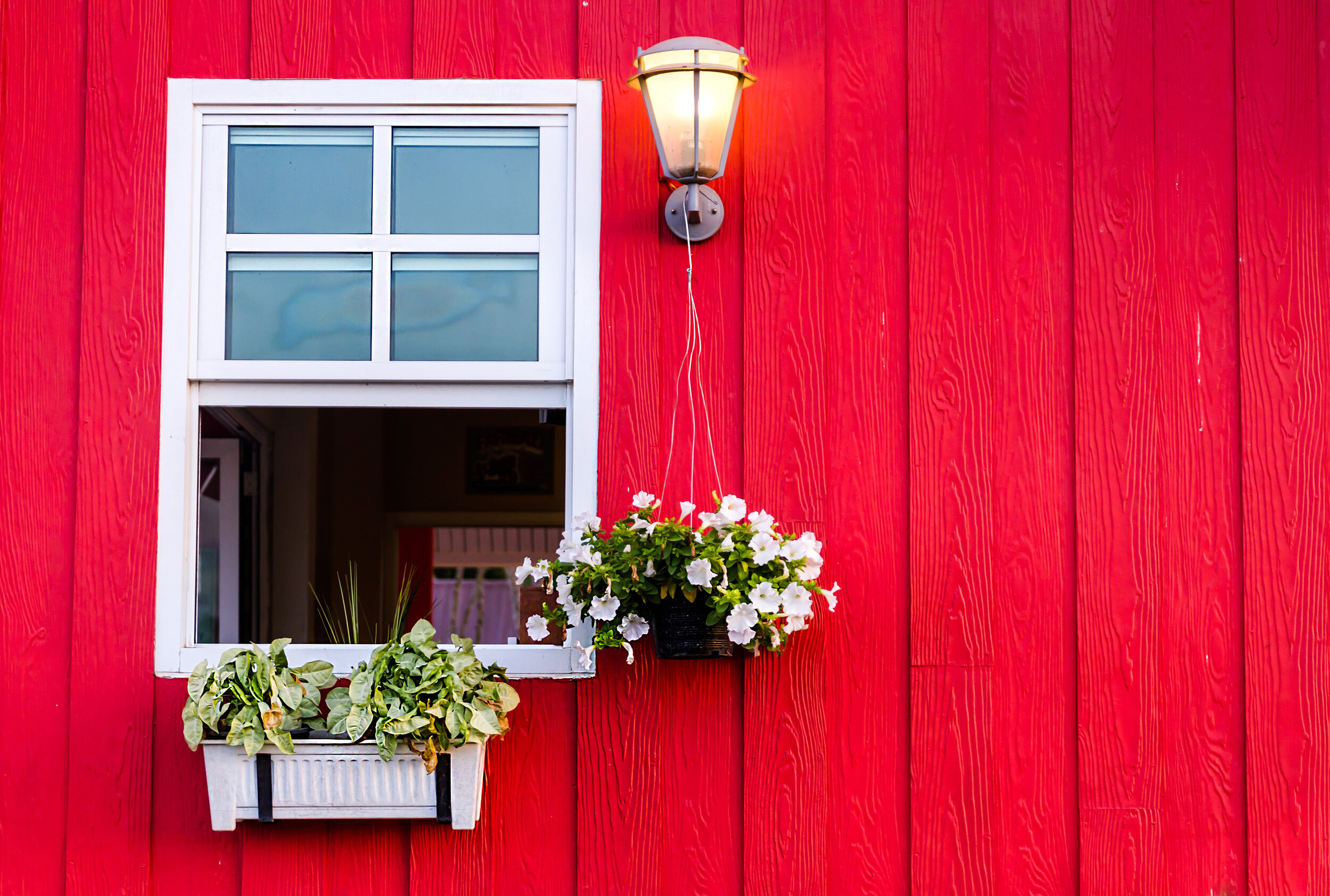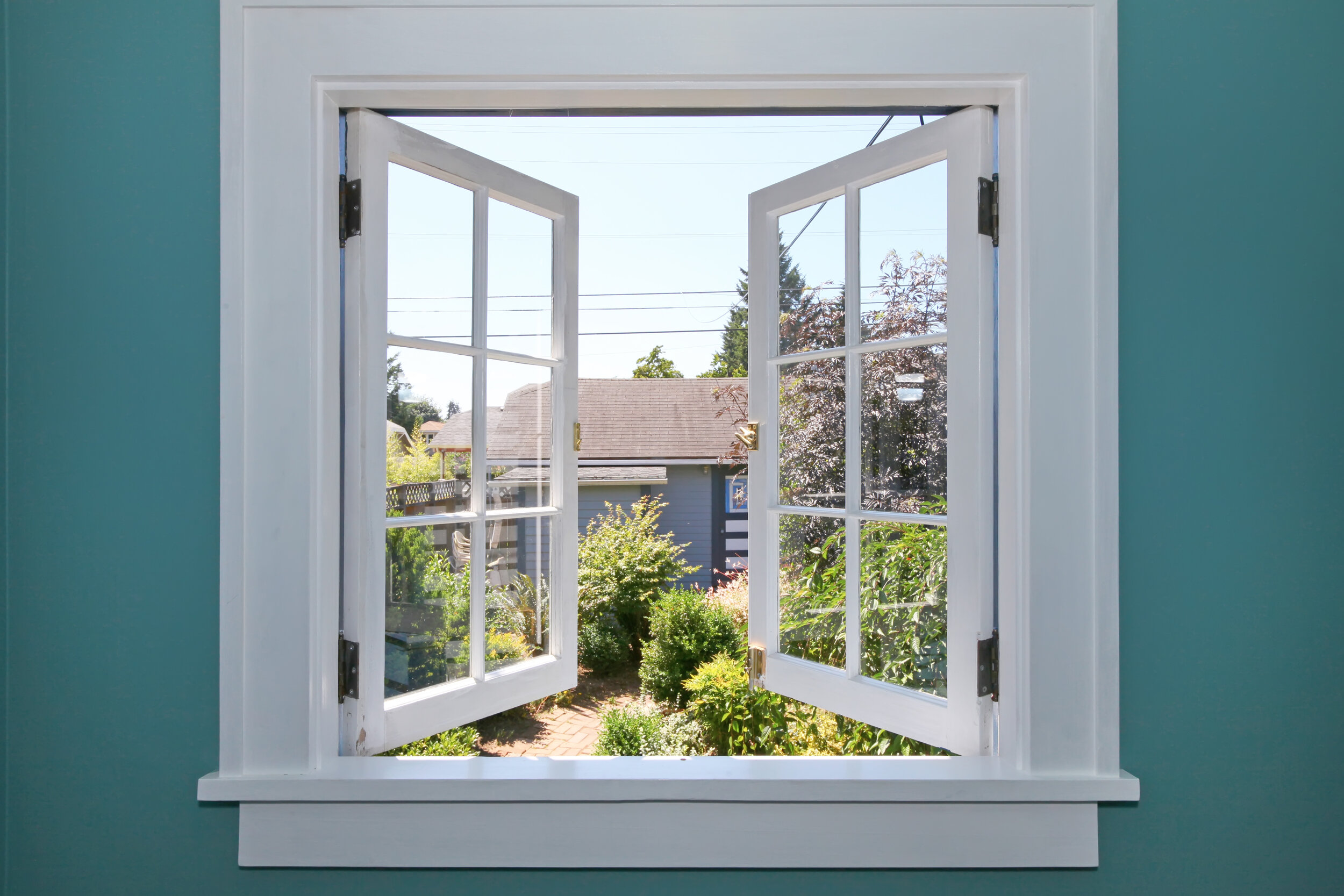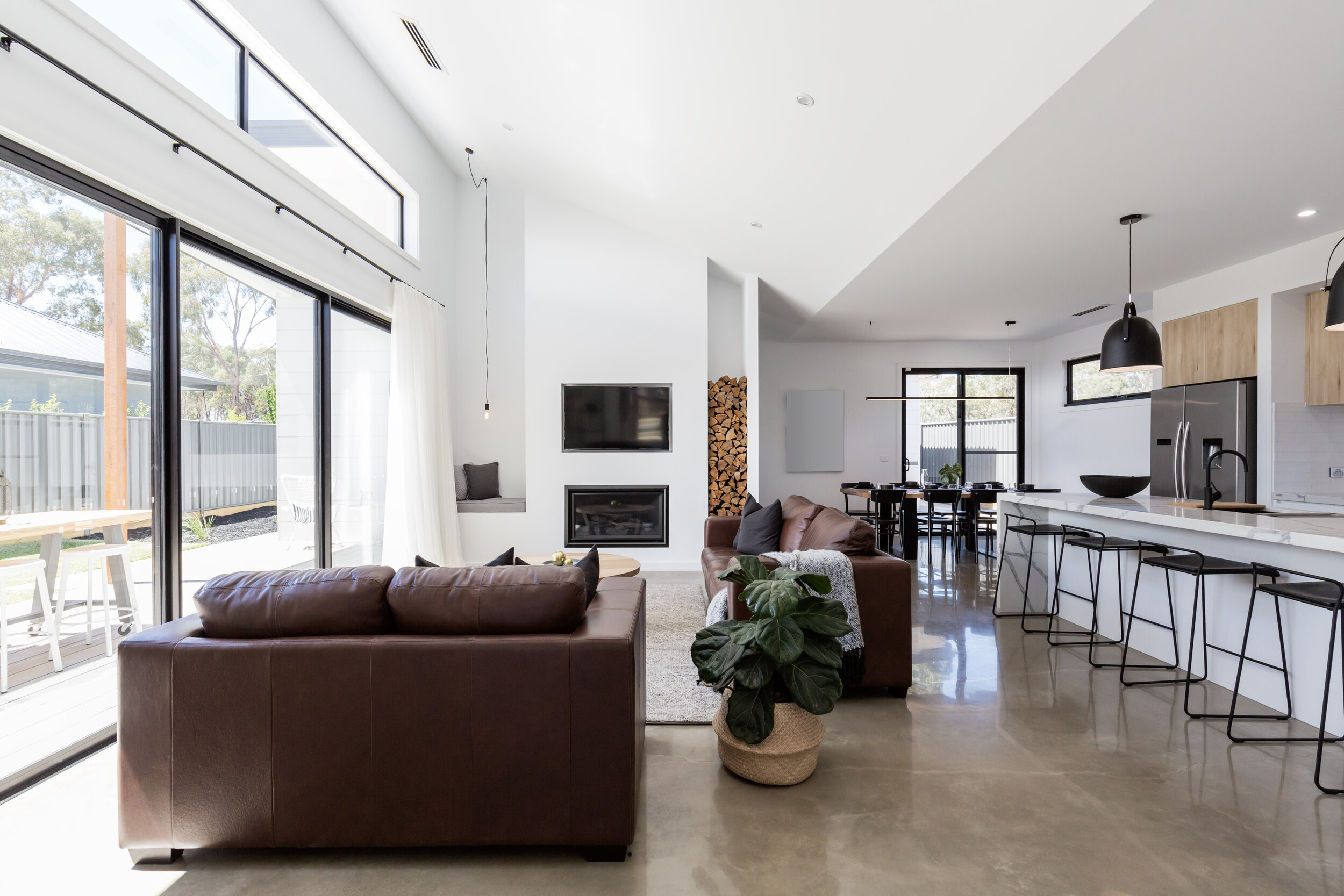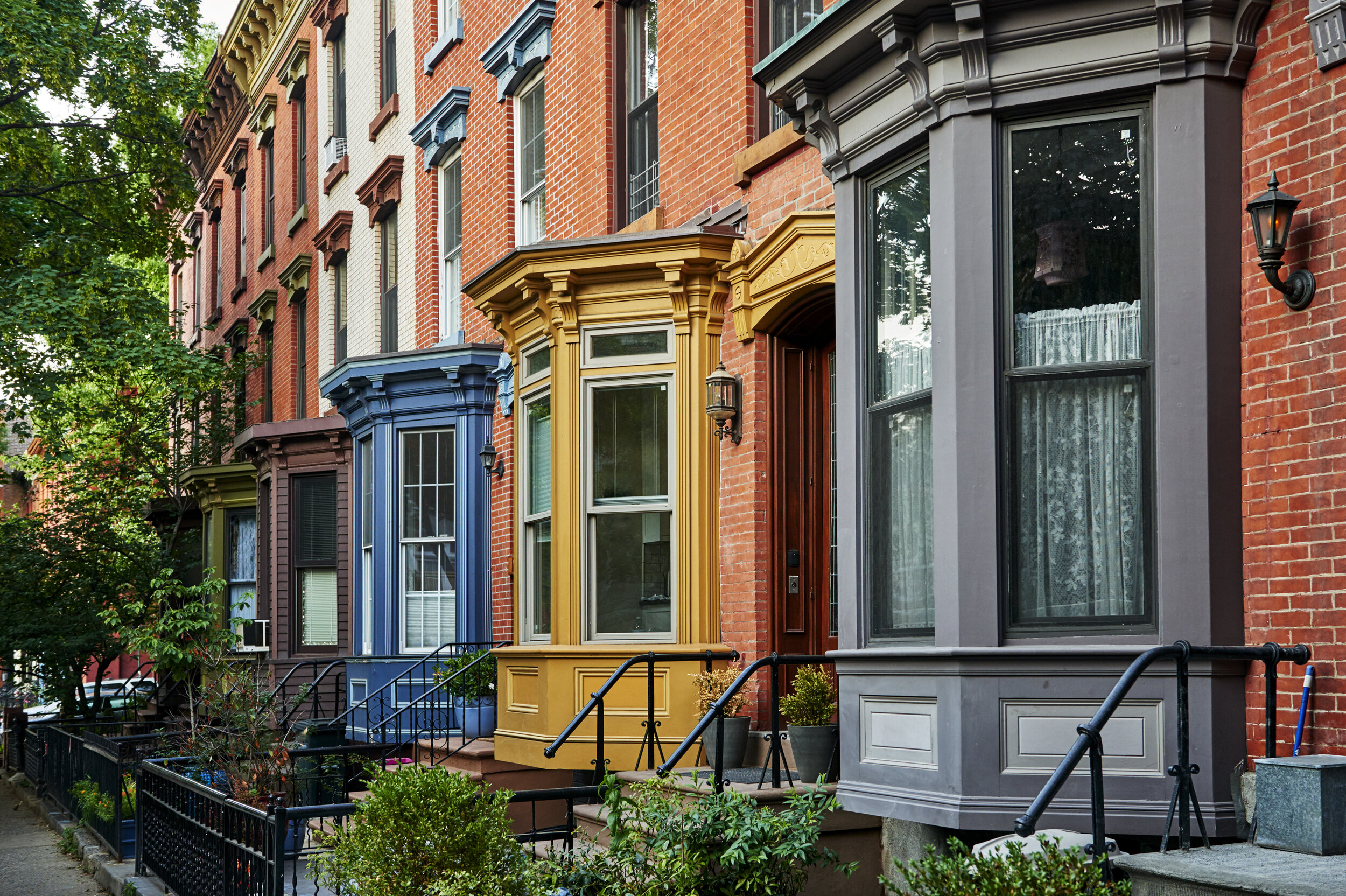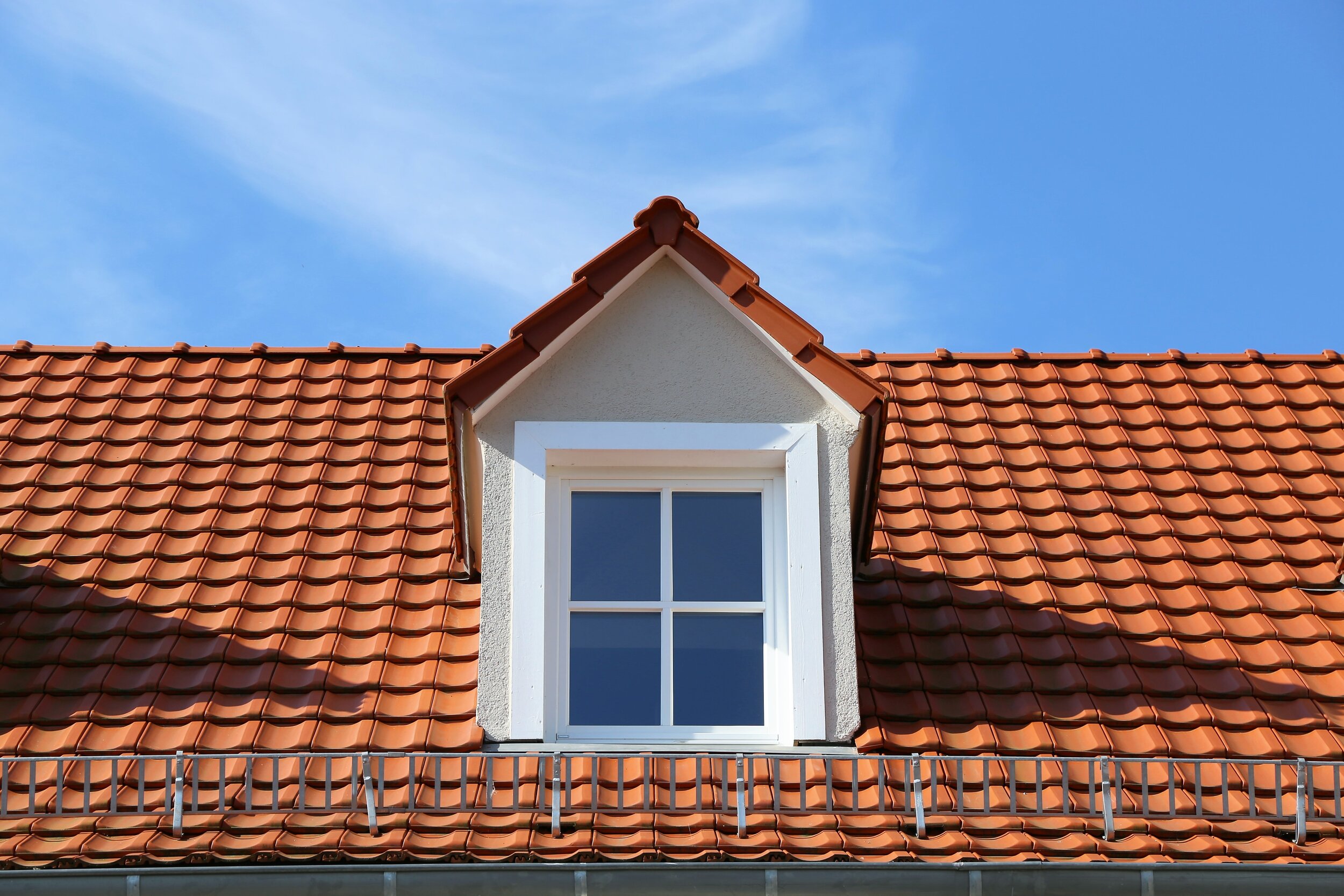The 10 Most Popular Types of Windows Used in Homes
/Types of Windows
Disclaimer: As an Amazon Associate I earn from qualifying purchases. There are affiliate links in this post. This means that at no cost to you, I will receive a commission if you purchase through my link. I will only ever promote the products and services that I trust and 100% recommend. You may read my full disclosure policy for more information. Thank you for supporting my business in this way.
Budget, climate, and the design scheme of your home are all factors to keep in mind while you’re choosing the right types of windows.
Is insulation a priority, or do you prefer wide-open views?
Do you need an awning to protect against the rain, or are you looking to maximize ventilation in a small space?
Read on to learn more about the most common types of windows for homeowners.
1. Transom Windows
Transom windows are a popular, historical window style. They sit above a door or a large window, allowing lots of extra light into a room. Typically, these windows operate on a hinge and are opened with a pole or a lift. They were originally used in row houses to create ventilation in stuffy rooms.
Today, transom windows are mostly installed for decorative reasons. They can open up a room, drawing the eye upward to maximize space. Installing an operable transom window in a bathroom or laundry room is a great way to improve air flow and cut back on mold and moisture.
2. Stained Glass Windows
A type of window made from colored glass panes, stained glass has been around for thousands of years. It’s found in churches, temples, and cathedrals. But in recent years, it’s become more popular in high-end residential homes and apartments.
Stained glass is not particularly functional — the colorful glass panes are usually not made to open, and they tend to let minimal amounts of light through. But this window style can make a unique artistic statement.
3. Single-Hung Windows
Single-hung windows have a single panel that opens and closes while the upper panel stays fixed in place. They are one of the most affordable window options, and they’re popular in many residential homes.
One drawback is that the windows can be somewhat difficult to clean if they are on a higher floor. Because the upper panel doesn’t open, you’ll need to get on a ladder to clean the outside of the window.
4. Double-Hung Windows
A double-hung window is similar in style to a single-hung window. The main difference is that the upper and lower panels — also called sashes — can both move. This window type is very popular in residential homes.
A double-hung window will provide more ventilation than a single-hung window. This window type is also easier to clean, because you can open both upper and lower sashes to access the outside. But double-hung windows are generally more costly than single-hung windows.
5. Casement Windows
Casement windows date back to 14th century Europe. A precursor to French doors, casement windows have hinges on the sides and open in the middle like a door. Because they don’t operate on a slider like most other window types, they allow a maximum amount of light into a room.
Casement windows are not as traditional as single-hung or double-hung windows, but they are a great choice for modern homes. Do your research to make sure your window frame can accommodate a casement window. You’ll also want to consider the fact that when the windows are open, the panels will stick out into your yard or street.
6. Awning Windows
Awning windows are great for homes or apartments in rainy climates. They open on a slant, creating a type of awning that allows water to run off. The design allows you to have ventilation in your home even when the weather is bad outside.
Similar to transom windows, awning windows usually open and close with a crank. They can also be installed over a door for extra light and ventilation. Don’t forget the fact that the window pane will stick out when it is open, so it can pose a hazard if it hangs over a sidewalk, driveway, or road.
7. Clerestory Windows
Clerestory windows are located near the roof line of a residence. They allow light and air to come into a space, while keeping ample wall space open for artwork, storage, or floor-to-ceiling windows.
While clerestory windows are popular in libraries, gymnasiums, offices, and basement apartments, they can be incorporated into almost any design. Consider installing them in a bathroom to allow natural light inside while maintaining privacy.
8. Bay Windows
Bay windows are well-known for their romantic, rustic charm. These types of windows are usually large, flat, and built into an angled frame. They contain 3 windows: a center panel and two side panels that are angled. The installation process tends to be more costly than traditional windows due to the extensive work that is required.
Bay windows catch a lot of light, making them an ideal choice for modern, open-concept homes. The window style looks great in bedrooms, kitchens, living rooms, and family rooms. The window sill can be used to store plants or cushions to create a seat. Some designers even extend the window sill to create a breakfast nook.
9. Dormer Windows
Dormer windows were first built in Gothic churches and cathedrals. They became popular in residential homes in the 16th century, and are now frequently found in American homes. The name comes from the French word dormeur that refers to a sleeping person.
Today, a dormer window is situated on a small overhang that juts out from the main roof. It sits below a small roof overhang of its own. They’re popular on cottages and vacation homes, adding a unique style to the exterior of the home. Inside, the windows allow light to come into an attic or second-story bedroom or hallway.
10. Egress Windows
Egress windows are usually found in the basement, and they are required by law in most areas. These small safety windows act as an emergency exit or entrance in case of a fire, flood, tornado, hurricane, or other natural disaster.
If you are renovating an old home, you should double-check the egress window requirements with your local building authority. Homes that were built before 2000 are often not up to code. You should also familiarize yourself with egress window rules if you are renovating a basement into a living space, because the IRC rules may change.
Choose the Right Types of Windows for Your Home
At first, it can be overwhelming to decide which window style is the best for your residence. But when you have the right information, the decision becomes easier. Whether you’re building a new residence or renovating an existing one, knowing the different types of windows will help you choose the right one for your home.
Brandon Hubbard, AIA, NCARB, LEED AP BD+C

